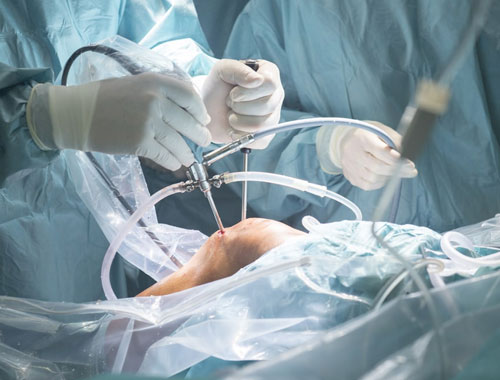
Fracture Fixation Surgery
If you have minor injuries to the bones, ligaments, or cartilage, you can have surgery for trauma or fractures with the help of arthroscopy. Since arthroscopy is a minimally invasive surgery, it is not suitable for chronic injuries or multiple fractures of long tubular bones. Fractures can occur due to overuse of weak bones, road accidents, falls, or sports injuries and they affect the severe functioning of the body. The fracture surgery performed at 𝐒𝐀𝐑𝐀𝐕𝐀𝐍𝐀 𝐇𝐎𝐒𝐏𝐈𝐓𝐀𝐋 under the guidance of well-known Spine Sports and Joint Replacement & Orthopaedic Consultant Dr. R. SARAVANAN helps to treat fractures and stabilization of complex injuries. This surgery becomes minimally invasive, less painful and quick healing of the wounds with the help of arthroscopy.
What is Fracture Fixation?
When the bone is fractured or broken and the pieces are entirely miss-aligned or potentially unstable, then these bones need to be brought back to their original position and stabilized. This is sometimes called getting the bones “re-set”. The correct term to describe this process by the orthopaedic surgeons is to perform a “reduction”. This can be treated by “closed” means (non-surgical incision) or as an “open” surgery (a formal surgical procedure requiring an incision). The procedure involves using splints, casts, and implants.

